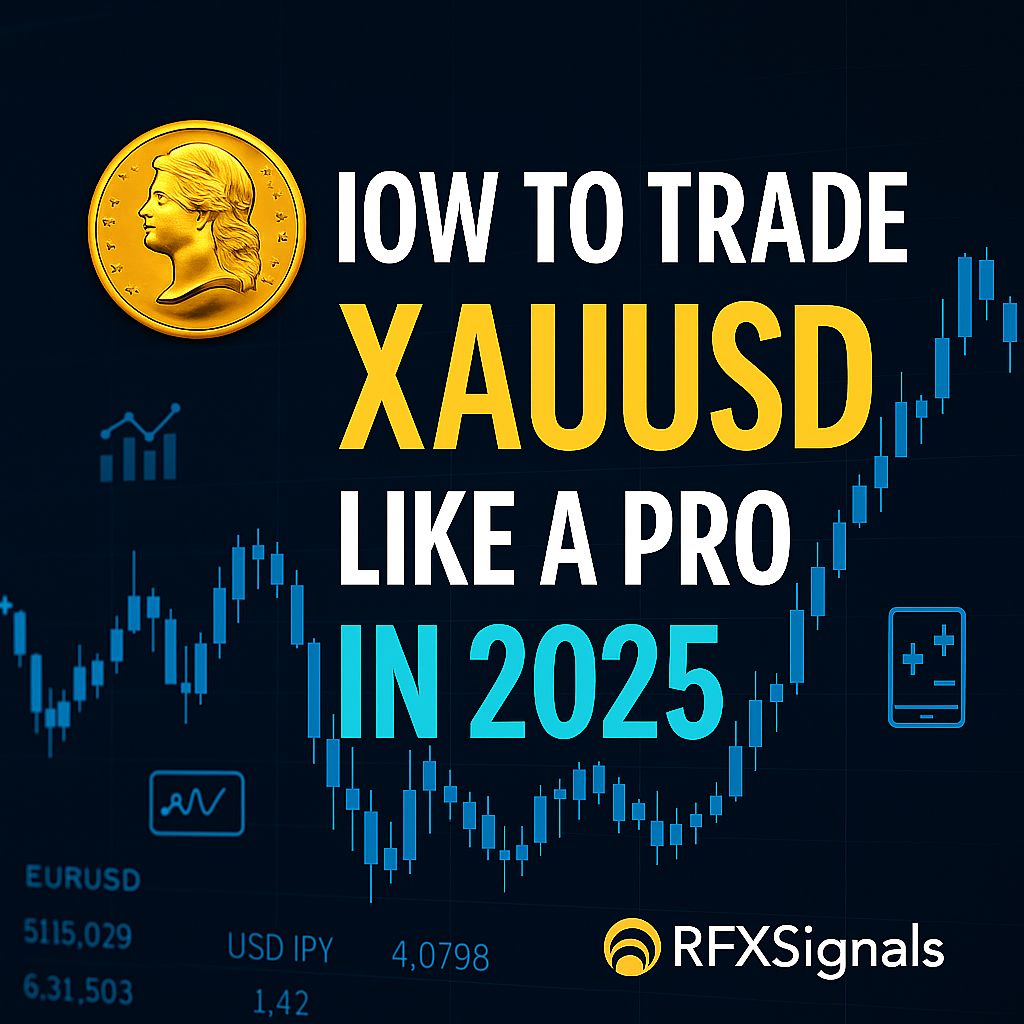Best Forex Trading Strategies for 2025: A Complete Guide for Beginners and Experts

The forex market never stands still. With more than $7.5 trillion traded daily, currencies remain the most liquid financial assets in the world. But 2025 is not 2020, nor even 2023—market conditions evolve, central banks shift policy, and global events reshape volatility. If you want to succeed this year, you need to adapt your approach.
This guide explores the best forex trading strategies for 2025, breaking them down for both beginners and advanced traders. Whether you prefer short-term scalping, longer-term swing trading, or even algorithmic systems, you’ll find practical setups and insights here.
Why You Need a Trading Strategy in 2025
A “strategy” is more than just buying and selling—it’s your framework for making consistent decisions. Without one, trading becomes gambling.
Here’s why a strategy is crucial in 2025:
- AI-driven markets: Algorithms dominate price action; human traders must adapt.
- Global interest rates: Central bank shifts (Fed, ECB, BoJ) continue to drive volatility.
- Faster execution: With spreads narrowing, scalpers and day traders have more opportunities.
- Retail technology: Access to EAs, signals, and automated platforms makes it easier than ever to follow structured approaches.
Core Elements of a Winning Forex Strategy
Every successful forex trading method should include:
- Clear entry and exit rules – no guesswork.
- Defined risk/reward ratio – ideally 1:2 or higher.
- Risk management – never risk more than 1–2% per trade.
- Timeframe selection – scalpers live on M1–M5, swing traders on H4–D1.
- Backtesting & forward testing – strategies should be tested before going live.
Top Forex Trading Strategies for 2025
Here are the six most effective strategies this year, suitable for different personalities and account sizes.
1. Trend Following Strategy
Still the king 👑 in 2025. Currencies tend to follow strong macro-driven trends.
- Tools: Moving Averages (50 & 200), ADX, RSI.
- Entry: Buy when price closes above the 50 MA in an uptrend; sell when below.
- Exit: Trail stop-loss with MA or Parabolic SAR.
- Works best on: Daily & H4 charts.
Why it shines in 2025: Major currencies like USD/JPY and EUR/USD are reacting strongly to monetary policy cycles—perfect for trend trades.
2. Breakout Trading
Markets consolidate 70% of the time and trend 30%. Breakouts capture the explosive 30%.
- Tools: Support & resistance, Bollinger Bands, volume indicators.
- Entry: Place pending orders just outside consolidation ranges.
- Exit: Ride until momentum slows, confirmed by RSI divergence.
- Best pairs: GBP/USD, XAU/USD (gold), volatile exotics.
Pro tip: Fakeouts are common—use volume confirmation or a second candle close.
3. Scalping Strategy
For adrenaline lovers ⚡ who want multiple trades per day.
- Tools: 5M chart, EMA crossovers, Stochastic Oscillator.
- Entry: Trade in direction of short-term momentum.
- Exit: Small profits (5–15 pips), tight stops.
- Best time: London & New York sessions overlap.
In 2025, brokers with ultra-low spreads make scalping more accessible than ever.
4. Swing Trading
Patience pays. Swing traders hold trades for days or weeks, aiming to catch “waves” between support and resistance.
- Tools: Fibonacci retracements, candlestick patterns, MACD.
- Entry: Enter after pullback to Fibonacci levels (38.2% or 61.8%).
- Exit: Target previous highs/lows.
- Best for: Traders who can’t sit in front of screens all day.
Swing trading remains one of the most time-efficient strategies for working professionals.
5. Algorithmic & EA-Based Strategies
Automated systems (Expert Advisors) are huge in 2025. With advanced backtesting and machine learning integration, EAs can run strategies 24/7 without emotion.
- Pros: Consistency, scalability, ability to run multiple pairs.
- Cons: Needs monitoring, can fail in unexpected events.
- Example approaches: Grid trading, hedging systems, dynamic SL/TP based on fractals or Fibonacci.
For traders building EAs, risk control is everything—equity trailing stops and max trade limits are essential.
6. Copy Trading & Social Signals
Not everyone wants to code or analyze charts. Copy trading and signal services let you mirror experienced traders.
- Pros: Easy entry for beginners, global access.
- Cons: Dependence on provider’s performance.
- 2025 update: Regulation is tightening—always pick reputable, transparent providers.
Tip: Look for providers with at least 12 months verified history and steady drawdown management.
Risk Management Rules Every Trader Must Follow
Even the best strategy fails without proper risk control. The golden rules:
- Never risk more than 2% per trade.
- Always set a stop-loss.
- Diversify across pairs (don’t put all in EUR/USD).
- Use a trading journal to track mistakes.
- Accept that losses are part of the game.
How to Choose the Right Strategy for Your Style
Not all strategies fit everyone. Here’s a quick match guide:
- Scalpers → Short attention span, high energy, thrive on fast moves.
- Swing traders → Balanced lifestyle, prefer steady returns.
- Trend followers → Patient, disciplined, willing to ride long moves.
- Algo traders → Tech-driven, comfortable with coding/EAs.
- Copy traders → Beginners or those who prefer simplicity.
Final Thoughts
2025 is shaping up to be a fascinating year in forex. AI, automation, and shifting global economics mean traders must be flexible and strategic.
The good news? Whether you’re a beginner or an expert, there’s a strategy for you. Trend following and swing trading remain reliable, while scalping and algo systems offer exciting opportunities for those who crave action.
If you’re serious about success, don’t just pick a strategy—master it, test it, and stick with it long enough to see results.